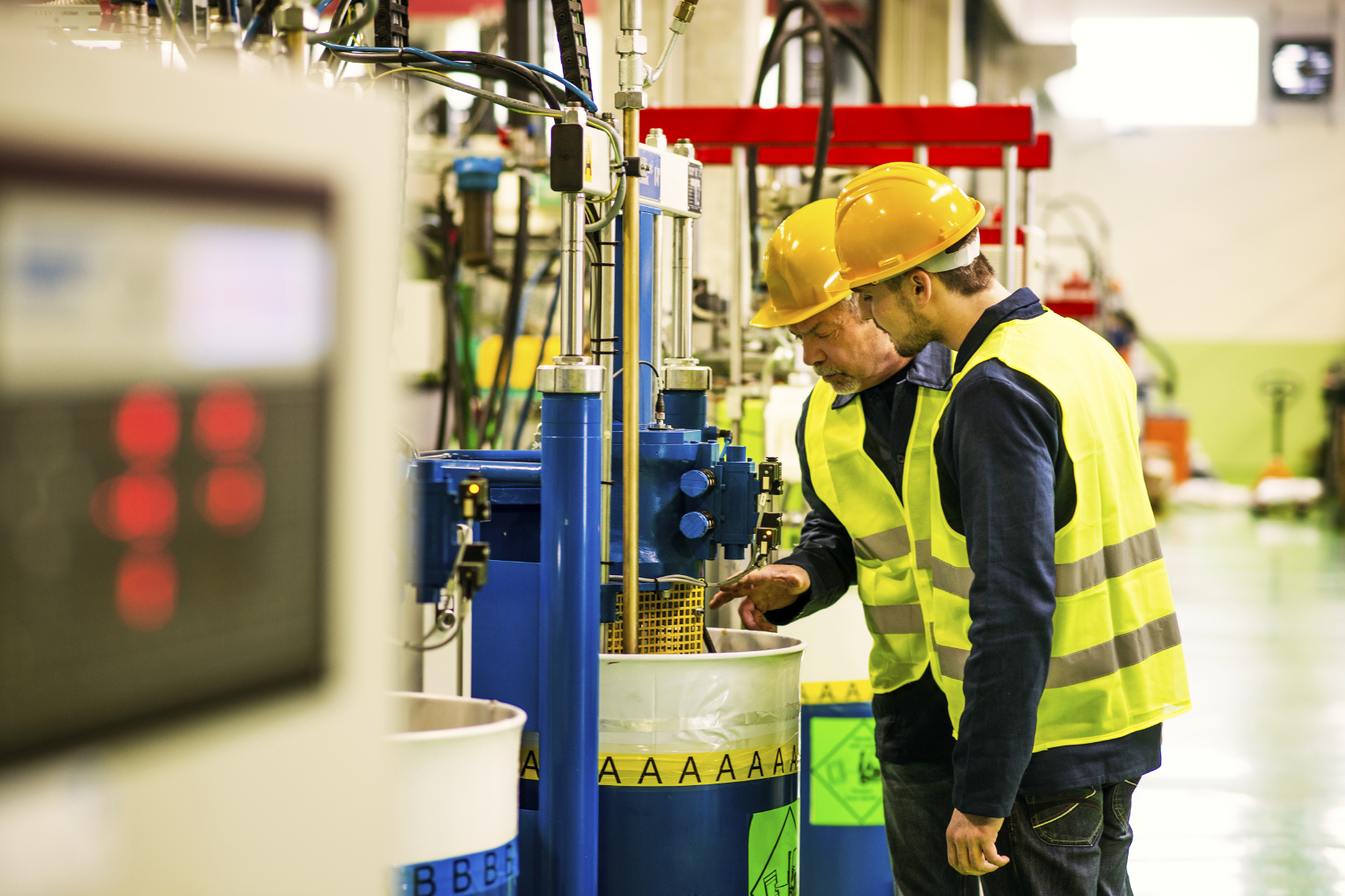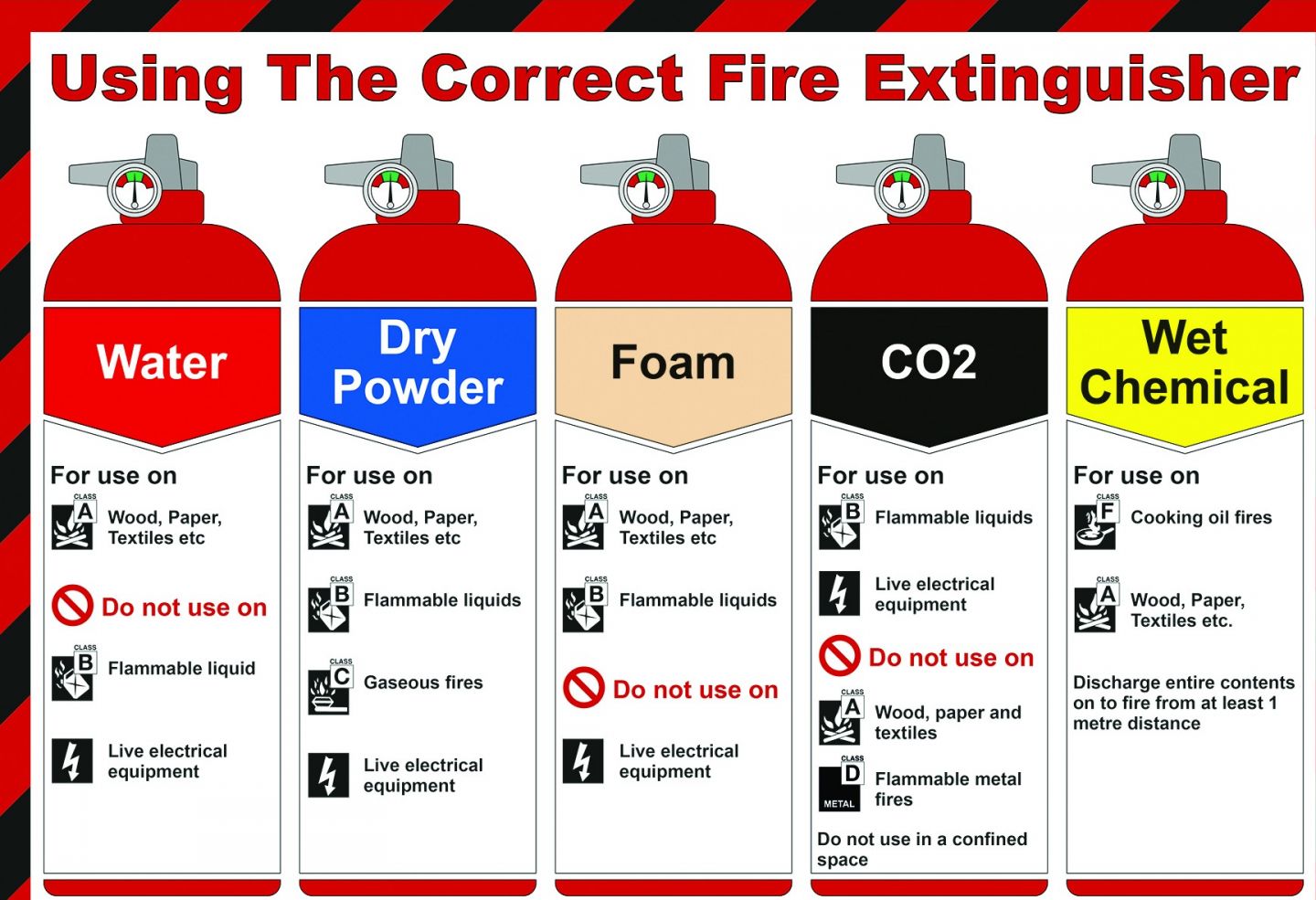Safety Precautions In Factory Presentation
| Introduction to Factory Safety Precautions | ||
|---|---|---|
| Ensuring a safe working environment in factories is crucial to protect employees and prevent accidents. Implementing proper safety precautions can significantly reduce the risk of injuries and improve overall productivity. This presentation will cover essential safety measures that should be followed in factories. | ||
| 1 | ||
| Personal Protective Equipment (PPE) | ||
|---|---|---|
| All workers must wear appropriate PPE, such as helmets, safety glasses, gloves, and steel-toed shoes, to protect themselves from potential hazards. PPE should be regularly inspected, maintained, and replaced when necessary. Employers should provide proper training on the correct usage and care of PPE to all employees. | ||
| 2 | ||
| Machine Safety | ||
|---|---|---|
| Regular maintenance and inspection of machinery should be conducted to identify and address any potential hazards. Proper machine guarding, such as safety interlocks and physical barriers, must be in place to prevent accidental contact with moving parts. Employees should receive training on safe operating procedures and should never bypass safety mechanisms. | ||
| 3 | ||
| Hazard Communication | ||
|---|---|---|
| Employers must have a comprehensive hazard communication program to inform workers about potential dangers in the workplace. Safety data sheets (SDS) should be easily accessible and provide detailed information about hazardous substances used in the factory. Proper labeling of chemicals and clear signage should be displayed to indicate potential risks and precautions. | ||
| 4 | ||
| Fire Safety | ||
|---|---|---|
| Fire extinguishers should be strategically placed throughout the factory, and employees should receive training in their proper use. Regular fire drills should be conducted to ensure all workers understand evacuation procedures and the location of emergency exits. Electrical systems and equipment should be properly maintained to prevent electrical fires. | ||
| 5 | ||
| Ergonomics | ||
|---|---|---|
| Ergonomic workstations and equipment should be provided to reduce the risk of musculoskeletal disorders. Employees should receive training on proper lifting techniques and ergonomically sound work practices. Regular breaks and stretching exercises should be encouraged to prevent fatigue and improve overall well-being. | ||
| 6 | ||
| Housekeeping and Organization | ||
|---|---|---|
| A clean and organized workplace helps minimize hazards and prevents accidents. Spills, debris, and obstructions should be promptly cleaned and removed from walkways and work areas. Proper waste disposal methods should be followed to prevent environmental pollution and potential health risks. | ||
| 7 | ||
| Training and Education | ||
|---|---|---|
| All employees should receive comprehensive safety training upon their hiring and regular refresher courses thereafter. Training should cover specific hazards, emergency procedures, and proper use of equipment. It is crucial to promote a culture of safety awareness and encourage reporting of any potential hazards or incidents. | ||
| 8 | ||
| Incident Reporting and Investigation | ||
|---|---|---|
| A clear and effective incident reporting system should be in place to document and investigate any accidents, near misses, or injuries. Investigation findings should be used to identify root causes and implement corrective actions to prevent future incidents. Employees should be encouraged to report any safety concerns or suggestions to continuously improve safety measures. | ||
| 9 | ||
| Conclusion | ||
|---|---|---|
| Safety precautions in factories are essential to protect workers, prevent accidents, and maintain overall productivity. Employers must prioritize safety by implementing measures such as PPE, machine safety, hazard communication, fire safety, ergonomics, housekeeping, training, and incident reporting. By fostering a culture of safety and continuous improvement, factories can create a safer working environment for all employees. | ||
| 10 | ||
| References (download PPTX file for details) | ||
|---|---|---|
| Occupational Safety and Health Administration... www.osha.gov... National Institute for Occupational Safety an... |  | |
| 11 | ||









